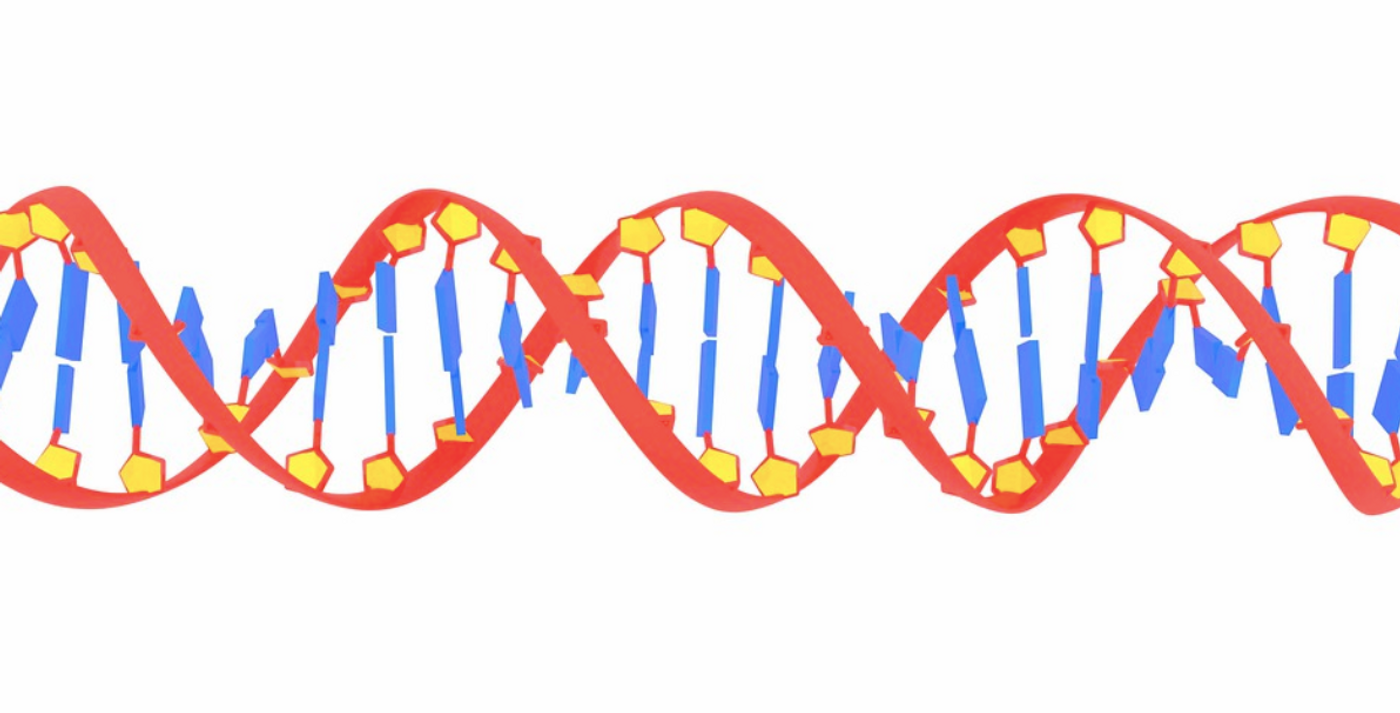How Often Do Cells Make Mistakes?
The genome of a cell carries all the genes it will ever need, and when a gene is active, it gets transcribed into messenger RNA (mRNA) molecules. New research has investigated the rate at which errors occur when the cellular machinery is transcribing active genes into mRNA molecules, which typically get turned into protein in a process known as translation. Transcription and translation are fundamental processes that happen in all cells, and when mistakes happen during those processes, they can have profound implications for cells, tissues, and organisms.
This study, which has been reported in the Proceedings of the National Academy of Sciences, has identified factors that affect transcription error rates, suggesting that transcriptional error rates are abnormally high in certain neurons when neurodegeneration occurs. It may shed new light on diseases such as Alzheimer's.
"Although we have recently made substantial progress on estimating error rates at the transcriptional level, the next challenge is to establish the connection of such errors with cell health," said corresponding study author and Arizona State University Professor Michael Lynch.
While some genes are very large and some can be very small, they all must be accurately transcribed into mRNA to carry out their function properly. But errors can happen for many different reasons; there may be problems with the original genetic sequence, like if a mutation is present or damage has happened and has not been repaired, or the enzyme that performs transcription, called RNA polymerase, may simply make a mistake that is never corrected. The proteins that result from erroneous mRNA transcripts might just not be able to perform their function, or they could cause other, more serious problems for cells.
The researchers found that different types of RNA polymerase enzymes have variable reliability rates, and the variations were significant.
The genetic sequence uses four base pairs: A, T, G, and C. The base also seems to influence the reliability of the transcript. The study showed that A and G transcriptions tend to lead to more errors than T or C. The regions in which the genes are located, and the class of gene being transcribed also appear to affect error rates.
The study indicated that there is yet another variable as well. The repair proteins that can fix transcriptional errors also function differently, and some are more effective than others.
One such protein is called BRCA1, and it is probably best known because of its link to breast and ovarian cancers. BRCA1 normally helps to prevent DNA damage and keeps it from building up in the genome. This study has shown that BRCA1 can also influence transcription fidelity.
The researchers also engineered a mouse model to determine which cells are most vulnerable to transcription errors that lead to misfolded proteins.
There are high transcriptional error rates in neuronal cells that have been linked to Alzheimer's disease, a disorder that has also been associated with misfolded proteins. Neurons in two brain regions, CA1 and the dentate gyrus are especially susceptible to errors in transcription or their genome. Transcriptional errors in these cells seem to produce an aberrant form of a protein, APP, which is known to be a precursor to amyloid plaques, a hallmark of Alzheimer's. Transcriptional errors may also be related to amyotrophic lateral sclerosis, frontotemporal dementia, and Parkinson's disease.
Sources: University of Arizona, Proceedings of the National Academy of Sciences









